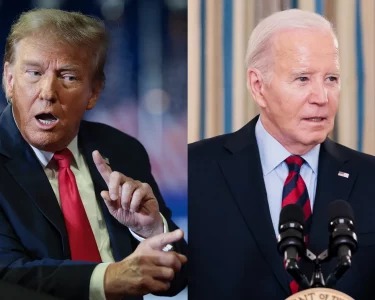Public-Private Partnerships (PPPs) have become an increasingly popular approach to addressing complex social issues such as education equity. PPPs are formed when government agencies and private organizations work together to deliver a public service or achieve a public goal. In education, PPPs can be particularly effective in addressing disparities in access to quality education for low-income students and students of color.
The importance of PPPs in education equity cannot be overstated. Despite significant investments in education over the past few decades, the achievement gap between low-income students and their more affluent peers persists. This is due to a range of factors, including under-resourced schools, inadequate teacher training, and systemic inequities that make it difficult for students from disadvantaged backgrounds to succeed.
PPPs can help to address these challenges by leveraging the resources and expertise of private organizations to support public schools and communities. For example, a PPP might involve a local business partnering with a school to provide mentoring, tutoring, or other support services to students. By working together, the private partner can bring additional resources and support to the school, while also benefiting from a sense of community involvement and social responsibility.
One example of a successful PPP in education is the Harlem Children’s Zone in New York City. This program, founded by Geoffrey Canada in 1997, provides comprehensive support services to children and families in a 97-block area of Harlem. The program includes a charter school, early childhood education programs, health and wellness services, and college access support. By taking a holistic approach to education and addressing the social, emotional, and health needs of students and families, the Harlem Children’s Zone has been able to significantly improve outcomes for low-income students.
However, PPPs are not without their challenges and criticisms. One concern is that private organizations may have their own agendas or priorities that conflict with those of the public school system or community. Additionally, PPPs may not be sustainable over the long term, as private partners may lose interest or funding may dry up.
To ensure that PPPs are effective and equitable, it is important to adhere to certain principles and guidelines. First and foremost, PPPs should prioritize the needs and voices of the community they are serving, and ensure that community members have a meaningful role in decision-making. Additionally, PPPs should be transparent and accountable, with clear lines of responsibility and reporting.
In conclusion, public-private partnerships have the potential to be a powerful tool for improving education equity. By working together, public and private organizations can bring additional resources and expertise to support students and communities. However, it is important to approach PPPs with a critical eye and ensure that they are equitable, sustainable, and responsive to the needs of the communities they serve.




